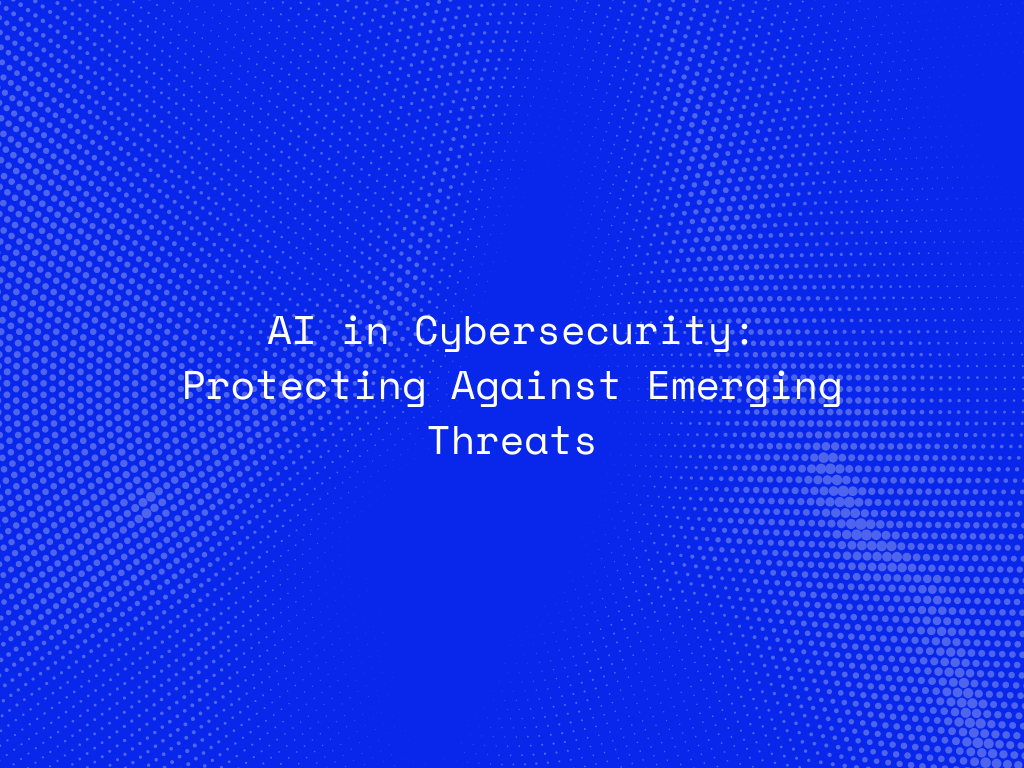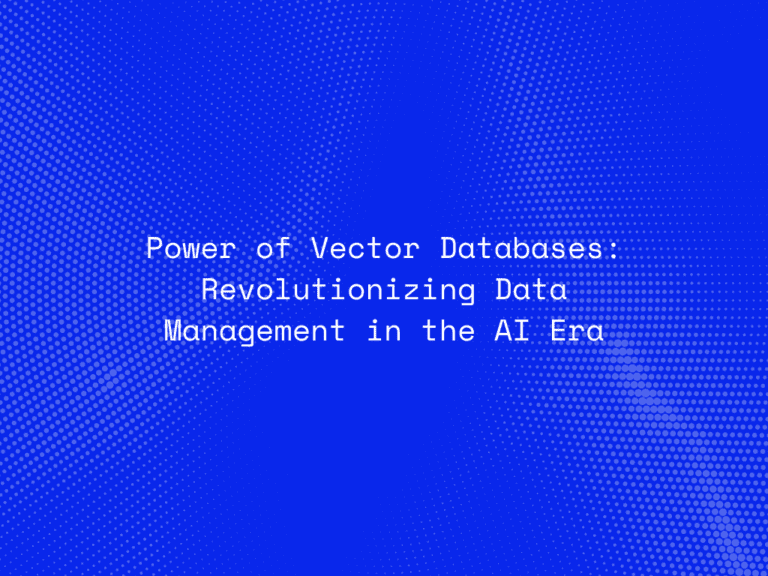As cyber threats continue to evolve, traditional cybersecurity measures are increasingly becoming inadequate. The integration of Artificial Intelligence (AI) in cybersecurity presents a powerful approach to address these emerging threats. AI’s ability to analyze vast amounts of data, detect anomalies, and respond to attacks in real-time significantly enhances the effectiveness of cybersecurity defenses.
The Rising Complexity of Cyber Threats
Cyber threats are becoming more sophisticated, with attackers employing advanced techniques such as ransomware, phishing, and zero-day exploits. These threats can cause substantial financial and reputational damage to organizations. Traditional security measures, often reliant on manual processes and static rules, struggle to keep pace with the dynamic nature of these threats.
Connect With Us
How AI Enhances Cybersecurity
-
Threat Detection and Prediction
- Anomaly Detection: AI algorithms can identify unusual patterns and behaviors that deviate from the norm, signaling potential threats.
- Predictive Analytics: Machine learning models analyze historical data to predict future attacks, enabling proactive threat mitigation.
-
Automated Response and Mitigation
- Real-time Incident Response: AI systems can automatically respond to detected threats, isolating affected systems and mitigating damage.
- Adaptive Defense Mechanisms: AI continuously learns and adapts to new threats, enhancing the resilience of cybersecurity measures.
-
Enhanced Threat Intelligence
- Data Integration: AI integrates data from various sources, providing comprehensive threat intelligence.
- Pattern Recognition: AI can recognize complex attack patterns, correlating data across multiple attack vectors to identify coordinated attacks.
-
Fraud Detection
- Behavioral Analysis: AI monitors user behavior to detect anomalies indicative of fraudulent activities.
- Transaction Analysis: Machine learning models analyze transaction data to identify suspicious activities in real-time.
-
Vulnerability Management
- Automated Scanning: AI-powered tools automatically scan for vulnerabilities in systems and applications.
- Risk Prioritization: AI assesses the severity and potential impact of vulnerabilities, prioritizing them for remediation.
Key AI Technologies in Cybersecurity
-
Machine Learning
- Supervised Learning: Trains models on labeled data to recognize known threats.
- Unsupervised Learning: Detects unknown threats by identifying anomalies in unlabeled data.
- Reinforcement Learning: Improves defense strategies through continuous learning from interactions with the environment.
-
Natural Language Processing (NLP)
- Phishing Detection: NLP algorithms analyze email content to detect phishing attempts.
- Threat Intelligence Analysis: Processes large volumes of unstructured data from threat reports and alerts.
-
Deep Learning
- Image and Video Analysis: Detects malicious activities in visual data, such as security camera footage.
- Advanced Pattern Recognition: Identifies sophisticated attack patterns that are difficult for traditional methods to detect.
Connect With Us
Challenges and Considerations
-
Data Quality and Quantity
- Training Data: High-quality, diverse datasets are essential for training effective AI models.
- Data Privacy: Ensuring the privacy and security of data used for training AI models is crucial.
-
Evolving Threat Landscape
- Adversarial Attacks: Attackers may attempt to deceive AI systems with adversarial inputs.
- Continuous Learning: AI systems must continuously learn and adapt to new threats.
-
Human-AI Collaboration
- Expert Oversight: Human experts are needed to validate AI findings and make strategic decisions.
- Skill Gaps: Bridging the gap between AI expertise and cybersecurity knowledge is necessary for effective implementation.
Future Directions
-
AI-Driven Security Operations Centers (SOCs)
- Integrated AI Tools: Incorporating AI tools into SOCs to enhance threat detection and response capabilities.
- Human-AI Collaboration: Leveraging AI to augment human analysts, improving efficiency and effectiveness.
-
Advanced Threat Hunting
- Proactive Threat Hunting: AI-powered threat hunting to identify and neutralize threats before they cause harm.
- Automated Forensics: Using AI for automated forensic analysis, accelerating incident investigation and response.
-
AI Governance and Ethics
- Ethical AI Use: Ensuring the ethical use of AI in cybersecurity, including fairness, transparency, and accountability.
- Regulatory Compliance: Adhering to regulations and standards governing the use of AI in cybersecurity.
Conclusion
AI is transforming cybersecurity by providing advanced tools and techniques to protect against emerging threats. Its ability to detect, predict, and respond to cyber attacks in real-time significantly enhances the security posture of organizations. As cyber threats continue to evolve, the integration of AI in cybersecurity will be crucial for staying ahead of adversaries and ensuring the protection of critical assets and data. Embracing AI-driven cybersecurity solutions, while addressing associated challenges, will be key to securing the digital future.




